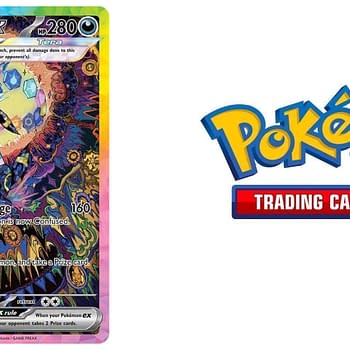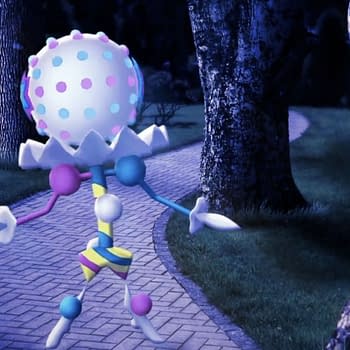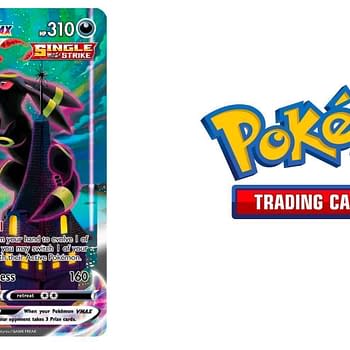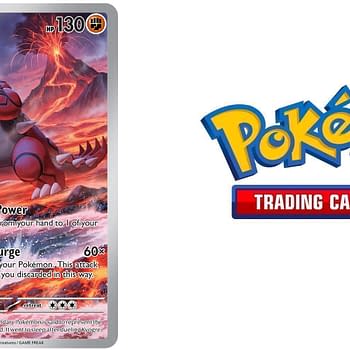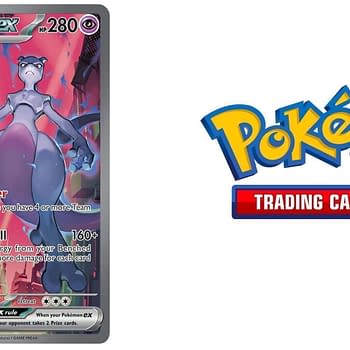Posted in: Games, Mobile Games, Niantic, Pokémon GO | Tagged: Niantic, Niantic Labs, pokemon, pokemon go, shiny pokemon
What Is The Shiny Rate For Wild Spawns In Pokémon GO?
For years, many have accepted at face value that a wild Pokémon's Shiny rate is one in 450. This comes from a 2018 study done by the popular Silph Road researchers. However, what many do not know is that the Silph Road updated these findings in 2020 with new data that suggests a different rate. Let's take a look at what they've posted.
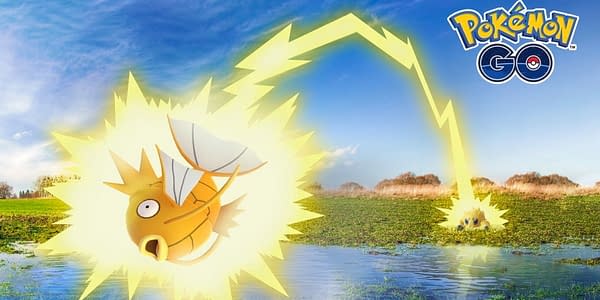
The Silph Road posted the following findings, which you can read below with our commentary:
Community Day rate [CI of 1 in 25.1 to 1 in 24.4]
This is very close to the widely accepted "one in 25" Shiny rate for Community Day spawns that is understood by the Pokémon GO community. This rate is only in effect during the hours. After Community Day hours end, these species go back to their standard rate.
"Permaboost" rate, used for at least a dozen Pokémon that can be found in the wild and whose shiny rates appear to be permanently much higher than the usual base rate [CI of 1 in 65 to 1 in 56]
These are Pokémon that are generally rare and event formerly Egg/Raid-exclusive. Permaboost species are:
- Aerodactyl
- Alolan Exeggutor
- Bronzor
- Clamperl
- Feebas
- Gligar
- Lapras
- Onix
- Pineco
- Scyther
- Skarmory
- Sneasel
Niantic never announces these rates, leaving it up to researchers like those at Silph Road to uncover this date.
"Medium Event" rate, often used for Pokémon with significantly boosted spawns during events [CI of 1 in 141 to 1 in 126]
It feels like it's been quite a long time since we saw a Pokémon with an event-boosted Shiny rate. The last time that I personally recall this was the release of Shiny Kanto Vulpix in Fall 2020.
Finally, the Silph Road researchers updated their base Shiny Rate:
Conspicuously absent from our previous overviews of event and other boosted rates was any discussion of the base rate. When the Silph Research Group estimated a base rate of 1 in 450 in 2018, we also speculated that this rate was biased compared to the true rate. We have never felt comfortable using our data to draw conclusions about the exact base rate for a simple reason: the base rate is small enough to be highly susceptible to errors in data. In this article, we present a dataset that provides evidence for a base shiny rate near 1 in 500 or 1 in 512.
So there it is. The new Silph findings set the Shiny rate around one in 500.
The most essential thing to understand about a Shiny rate, though, is that the rate is not assigned to the manner of the encounter but rather the species. An event can boost a Shiny rate, but the manner of the encounter will not. For example, right now, Cranidos is in raids. Raiding it will not give you an increased chance of catching the Shiny. You will have the same chance hunting it in the wilds as you will raiding it.
Stay tuned for our coverage on the rates of raid-exclusive Pokémon.


